Sunnex Celestial Star Surgical Light – Ceiling Mount
The Sunnex Celestial Star Surgical Light is ideal for surgical procedures and applications where maneuverability and compact design are key requirements. These areas include urgent care facilities, outpatient surgery centers and minor surgical applications. The light provides excellent illumination, and offers market leading reach and flexibility. In addition the Celestial Star minimizes shadows and incorporates a balance arm that provides drift free performance. Available in single and dual ceiling, wall, and mobile configurations. The flexible design allows for easy angling and positioning.
The space-saving structure of the Sunnex Celestial Star Surgical Light is ideal for many facilities including emergency rooms, surgical centers, trauma centers and clinics.
Sunnex Celestial Star Surgical Light Features
- Unique counter balance offers drift-free performance
- Virtually maintenance-free design with no hidden components
- Unparalleled flexibility with extensive reach and range of motion
- Space saving design
- 114-inch reach from head to toe
- Patented lamp shade reduces heat output
- Removable, sterilizable handle
- (3) 35W long life Halogen bulbs (average over 4,000 hours)
- Available in
- Ceiling
- Dual Ceiling
- Wall
- Mobile
Sunnex Celestial Star Surgical Light Specifications
- Power Supply:
- 120 VAC | 60 Hz
- 230 – 240 VAC | 50 Hz
- Light Intensity: Up to 64,000 Lux
- Light Source:
- (3) Halogen bulbs – 3 x 35 W
- (3) LED modules – 3 x 12 W | 50,000-hour life
- Light color temperature
- Halogen – Up to 3,000K
- LED – 4,000K
History of Surgical Lights
Before electricity allowed lightbulbs to illuminate an operating room, candles were used as a light source during a procedure. Additionally, surgeries were performed during daylight hours so surgeons could use the natural sunlight for illumination. Surgical lights as they are recognized today have evolved over more than a century since electricity was first discovered in 1879, with surgical light manufacturers continuously working to improve lighting conditions for surgeons and O.R. staff.
Types of Surgical Lights
There are various types of surgical lights, and each type plays specific roles in illumination before, during, and after a medical procedure. They can be categorized by lamp type or mounting configuration. Two lamp types are conventional (incandescent) and LED (light emitting diode).
Surgical lighting configurations may include ceiling-mounted, wall-mounted, or on floor stand. Depending on the model, a surgical light may also be used in all three configurations. A ceiling-mounted light can be mounted on a fixed point on the ceiling of a procedure room. Similarly, wall-mounted lights are mounted on a wall of the O.R. The wall-mounted configuration is more often used with examination lights versus surgical lights. For greater mobility, floor standing surgical lights are standalone and typically on wheels enabling them to move room to room. Mobile floor standing lights are often used in examinations. All three types play an important role in illuminating a surgical site during a procedure.
Requirements for Surgical Lights
Surgical light requirements vary depending on the type, brand, and model of the lighting system. The brightness of a surgical light head is measured in Lux and typically does not exceed 160,000 Lux. The approximate dimensions are 400-700 mm for a lighthead diameter and the approximate weight is 45 kg. The weight can vary depending on the number of light heads attached to the system. The lifespan of a surgical light is measured in its L70 value, which is how long the light will last until its brightness is 70% of its original value. Today’s surgical lights typically last between 40,000 to 60,000 hours of use.

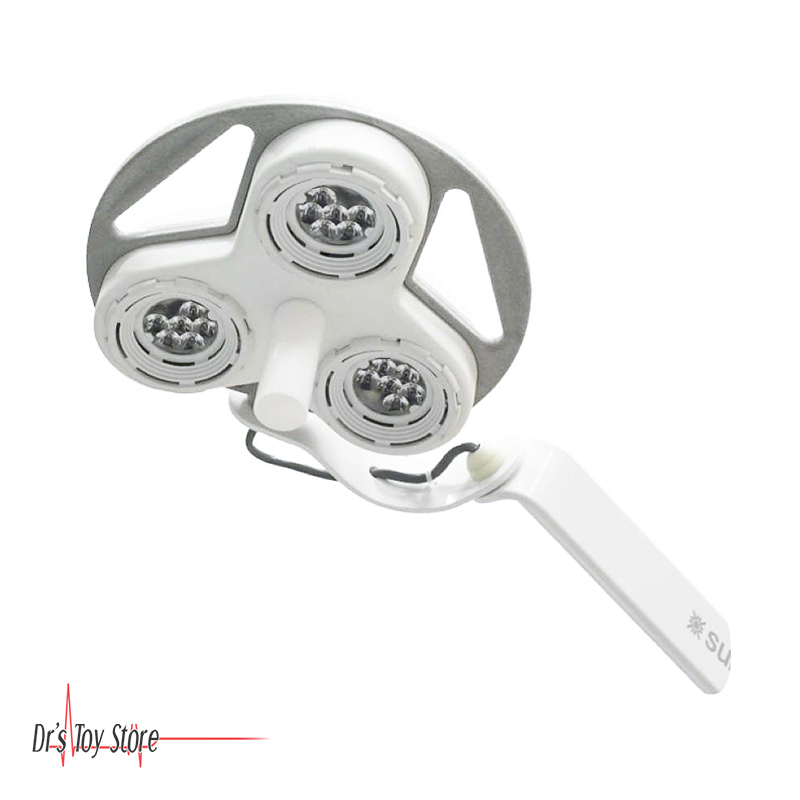
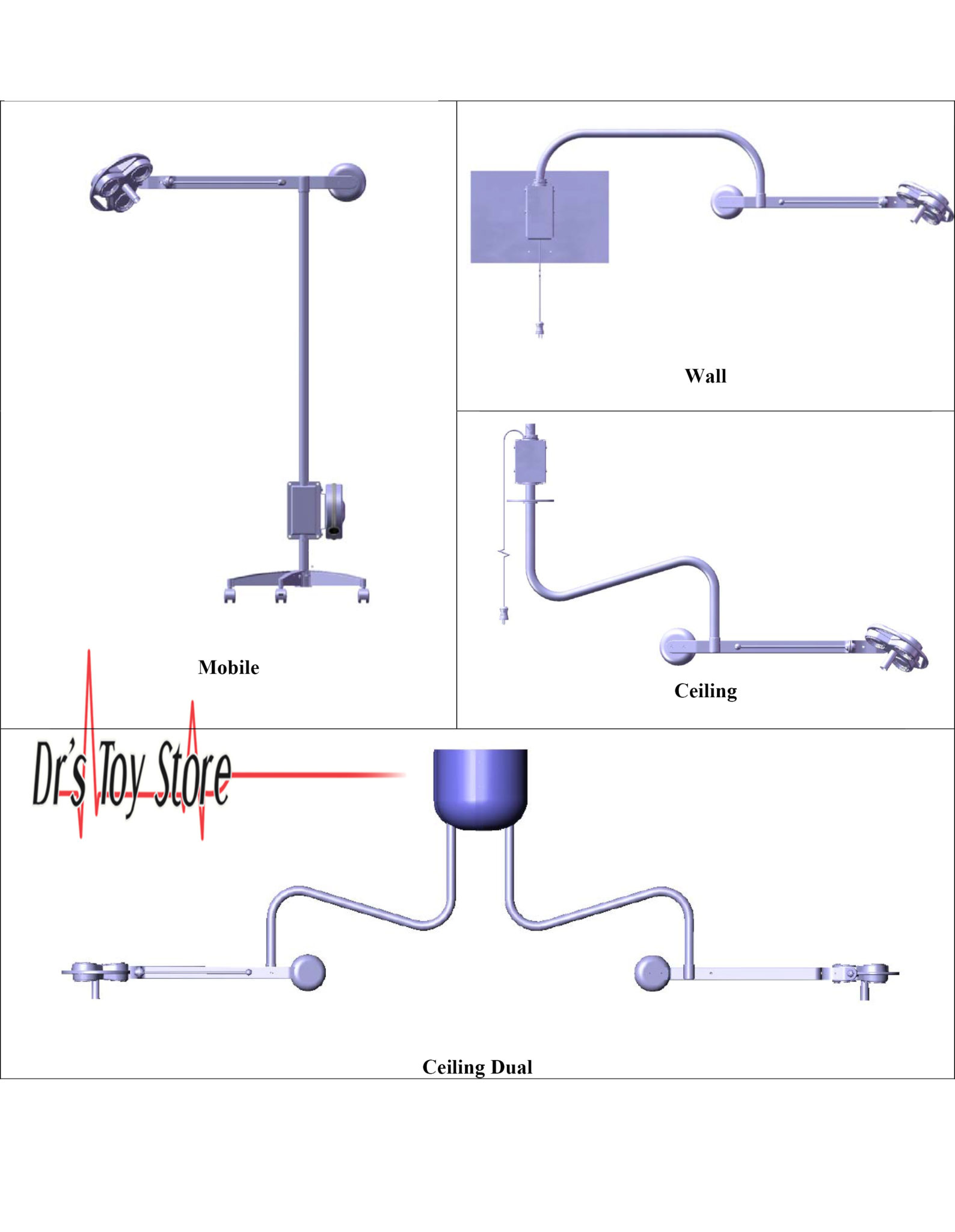
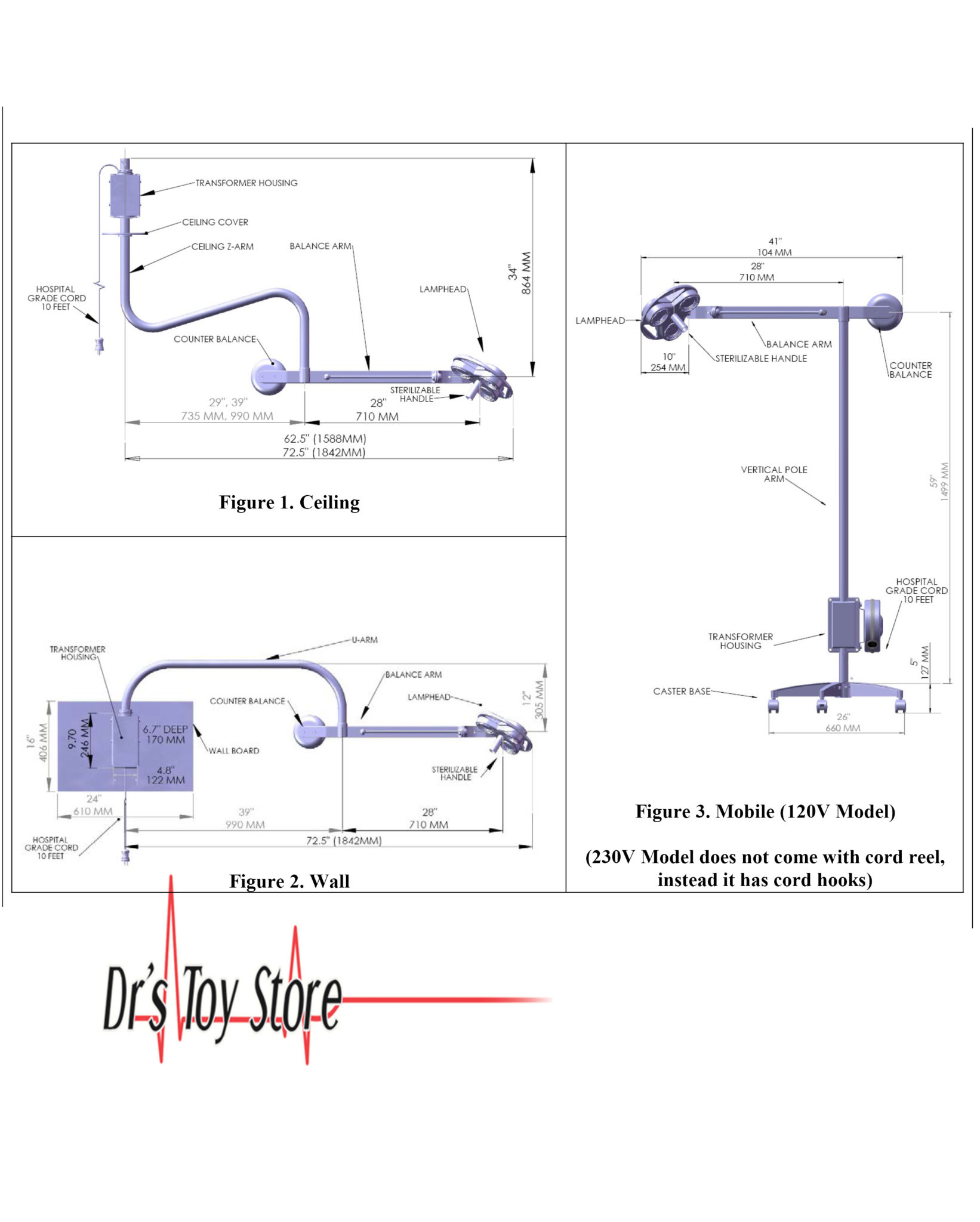
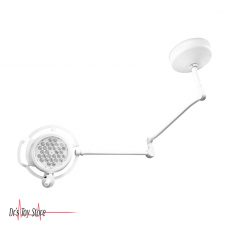
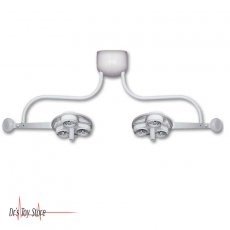
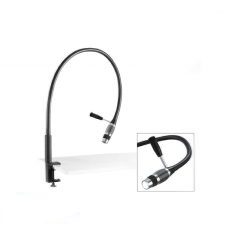
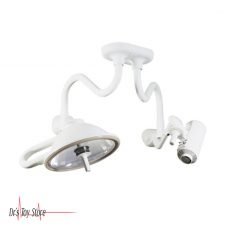
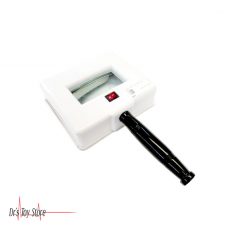
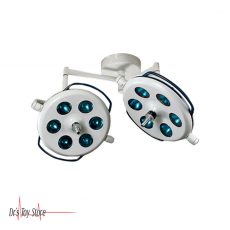
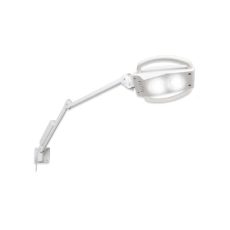
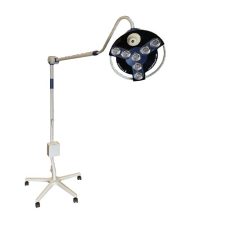
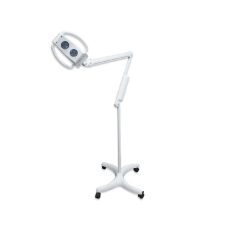

Reviews
There are no reviews yet.